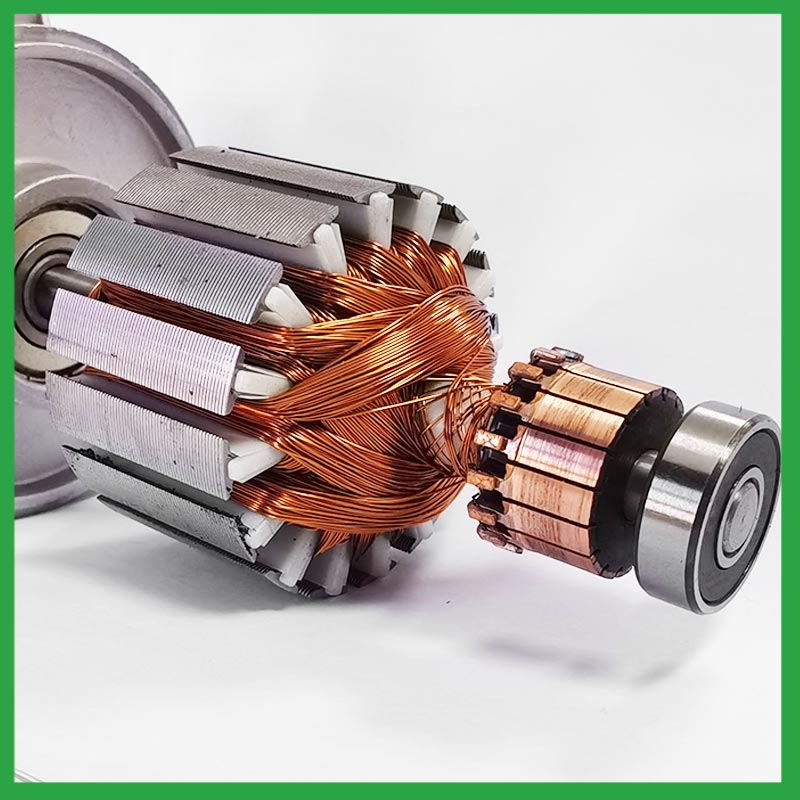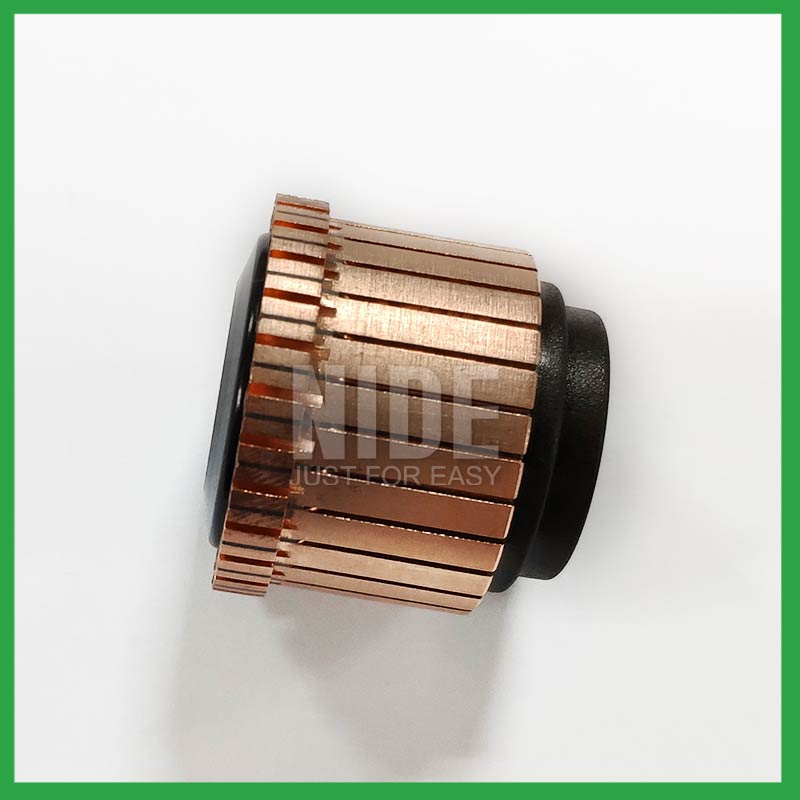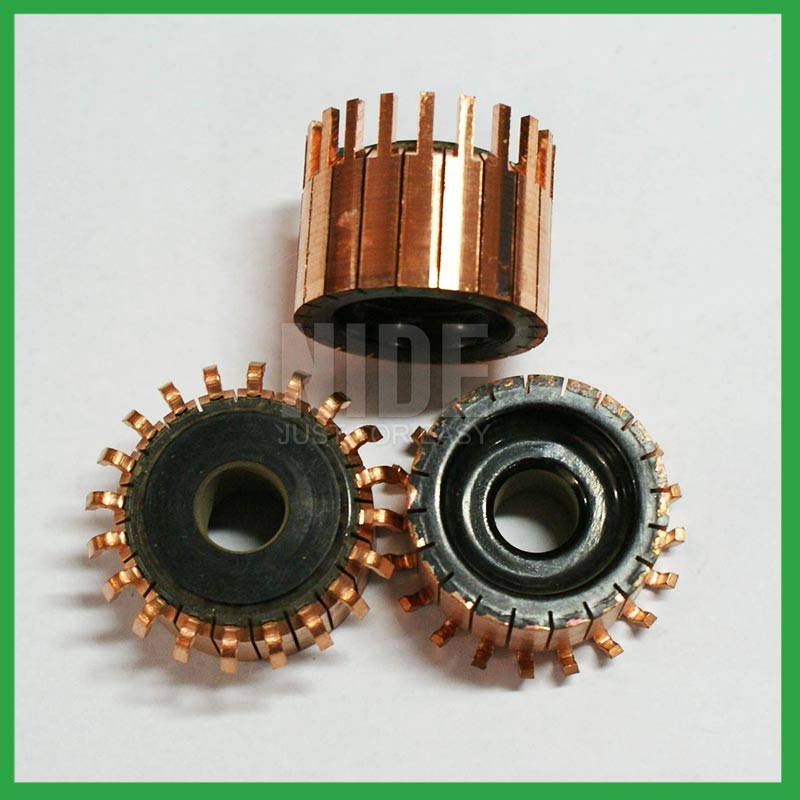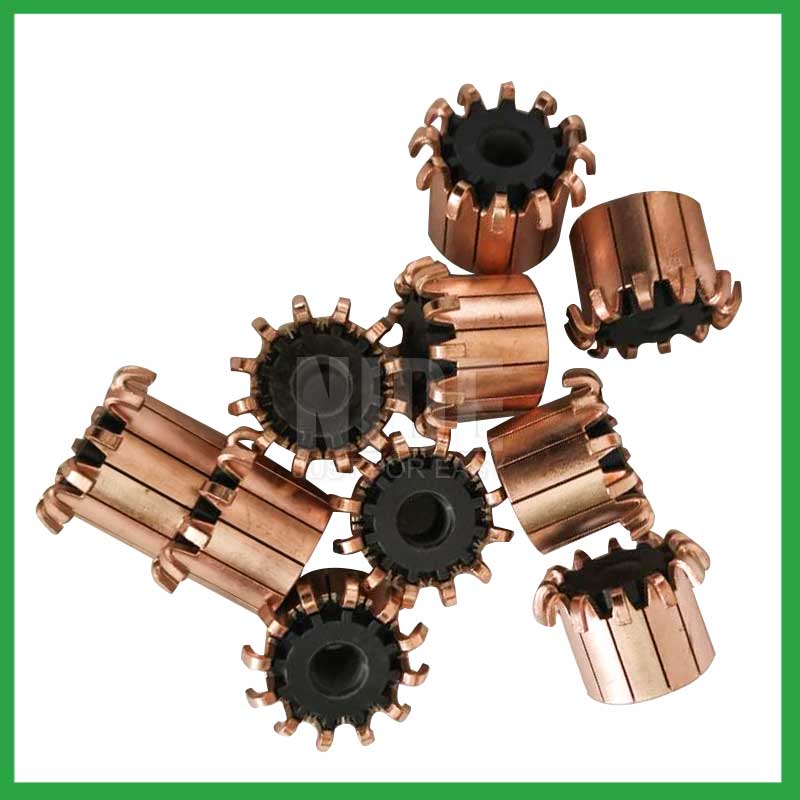2024-08-19
Direct current (DC) motors have long been a cornerstone of modern technology, powering everything from small household appliances to large industrial machines. Among the various types of DC motors, commutator motors stand out for their versatility, reliability, and ability to deliver precise control over speed and torque. As advancements in motor technologies continue to evolve, commutator motor DC technologies have also seen significant improvements, offering enhanced performance, efficiency, and durability. Nide International, a leader in motor component manufacturing, has been at the forefront of these developments, providing cutting-edge solutions that drive innovation in commutator motor DC technologies. This article explores the key advancements in commutator motor DC technologies and how they are shaping the future of electric motor applications.

A commutator motor is a type of DC motor that relies on a commutator and brushes to control the direction of current flow through the motor windings. This arrangement allows the motor to convert electrical energy into mechanical energy with a high degree of control over speed and torque. Commutator motors are widely used in applications that require variable speed control and high starting torque, such as electric vehicles, power tools, and industrial machinery.
The basic components of a commutator motor include the stator (which provides a constant magnetic field), the rotor (which rotates within the stator), and the commutator (a segmented ring that reverses the direction of current flow through the rotor windings as the motor rotates). The brushes, typically made of carbon, maintain contact with the commutator to ensure a continuous electrical connection.

In recent years, several advancements in commutator motor DC technologies have enhanced the performance, efficiency, and reliability of these motors. Nide International has played a pivotal role in driving these innovations, making commutator motors more capable than ever before.
One of the most significant advancements in commutator motor technology is the development of new materials for brushes and commutators. Nide International has pioneered the use of advanced carbon composites and high-grade copper alloys, which offer superior conductivity, reduced wear, and longer service life. These materials minimize friction and sparking, leading to smoother operation, reduced maintenance, and extended motor lifespan.
The design of the commutator itself has also seen improvements, with innovations that reduce electrical losses and enhance contact stability. Nide International has introduced precision-engineered commutators with optimized segment geometry, ensuring better alignment with the brushes and reducing the likelihood of arcing. This results in more efficient power transfer and improved motor performance, especially in demanding applications.
Heat management is a critical factor in the performance and longevity of commutator motors. Nide International has developed advanced cooling solutions that incorporate improved ventilation designs and high-efficiency cooling fans. These solutions help dissipate heat more effectively, allowing the motor to operate at higher power levels without overheating. This not only extends the motor’s lifespan but also enhances its overall efficiency.
The integration of commutator motors with smart control systems represents another significant advancement. Nide International’s motors are now compatible with advanced controllers that offer real-time monitoring, adaptive control, and predictive maintenance capabilities. These systems enable precise control over motor speed and torque while optimizing energy consumption and reducing the risk of downtime.

Q1: What are the main benefits of using advanced carbon brushes in commutator motors?
A1:
Advanced carbon brushes, like those developed by Nide International, offer several benefits, including improved electrical conductivity, reduced friction, and longer service life. These brushes minimize wear on both the brushes and the commutator, leading to smoother motor operation and reduced maintenance needs. Additionally, they help reduce sparking and electrical noise, which enhances the overall efficiency and reliability of the motor.
Q2: How does improved commutator design contribute to better motor performance?
A2:
Improved commutator design, as implemented by Nide International, enhances motor performance by ensuring better alignment and contact with the brushes. Precision-engineered commutators reduce electrical losses and minimize the risk of arcing, resulting in more efficient power transfer. This leads to higher motor efficiency, improved speed control, and greater reliability, particularly in applications that demand consistent performance under varying loads.
Q3: What role does cooling play in the longevity of commutator motors?
A3:
Effective cooling is essential for maintaining the performance and longevity of commutator motors. Nide International’s advanced cooling solutions help dissipate heat more efficiently, preventing overheating and thermal degradation of motor components. By keeping the motor at optimal operating temperatures, these cooling systems extend the motor’s service life and allow it to operate at higher power levels without compromising reliability.
Q4: How does smart control integration enhance the capabilities of commutator motors?
A4:
Integrating commutator motors with smart control systems enhances their capabilities by enabling real-time monitoring and adaptive control. Nide International’s smart controllers allow for precise adjustment of motor speed and torque, optimizing energy consumption and improving operational efficiency. Additionally, these systems can provide predictive maintenance alerts, reducing the risk of unexpected downtime and extending the motor’s service life.

Advancements in commutator motor DC technologies have opened new possibilities for precision control, efficiency, and durability in electric motor applications. Nide International’s commitment to innovation has driven significant improvements in brush and commutator materials, cooling solutions, and motor design, making modern commutator motors more reliable and efficient than ever before. By integrating these motors with smart control systems, Nide International is setting new standards for performance and reliability in industries ranging from automotive to industrial automation. As technology continues to evolve, Nide International remains at the forefront, delivering advanced solutions that meet the ever-changing needs of the market.